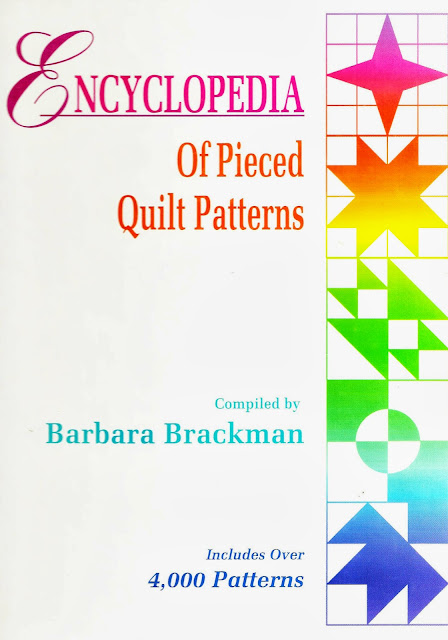Penny Loafers
I have to admit, I love shoes! I don’t love the large, platform shoes with the 4 inch spikey
heels, as I am terminally clumsy and would be wearing casts on both legs after
only getting out of the car. But all
others would be good to go. Are they textiles?
Maybe not, but they are generally made of leather with some sort of
synthetic fabric lining. A compromise
would be labeling them fashion accessories.
I read a small article a few weeks ago in the Wall Street
Journal by Tasha Green who wrote about penny loafers. I had a pair once, years ago, and I remember that nearly all my
friends did as well. They seemed to be
especially popular with the young college men who wore them with khakis and
blue blazers and button-down collared shirts.
According to Green, they were first produced by B.H.Bass
(anyone from New England would recognize that firm) in 1936. A testament to their popularity would be
that I was wearing them 30 years later.
Apparently, students in the 1950’s were responsible for inserting the
pennies in the pocket on the front of the shoe, hence the name.
Fashion is cyclic, as we all know. Anyone who has discarded a pricey piece of apparel because it
might be a bit dated lived to regret that move when it reappeared some time later.
So now shoe designers are reintroducing the loafers and the article hinted at
unusual colors, but to my mind the basics are the most practical because I also
remember those shoe simply did not wear out.
Incidentally, the article was accompanied by a photo, “Dark
Brown Penny Loafer, $1175, John Lobb”











